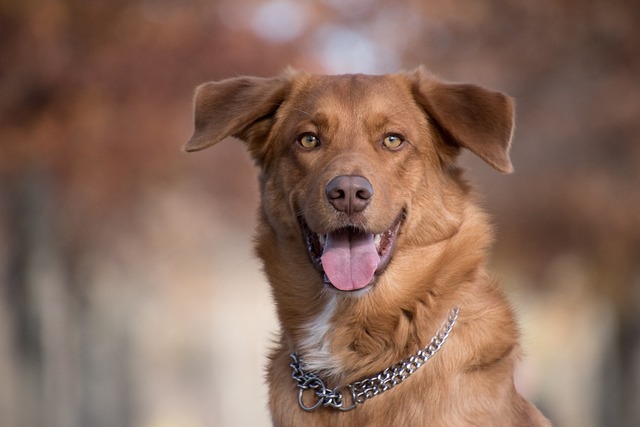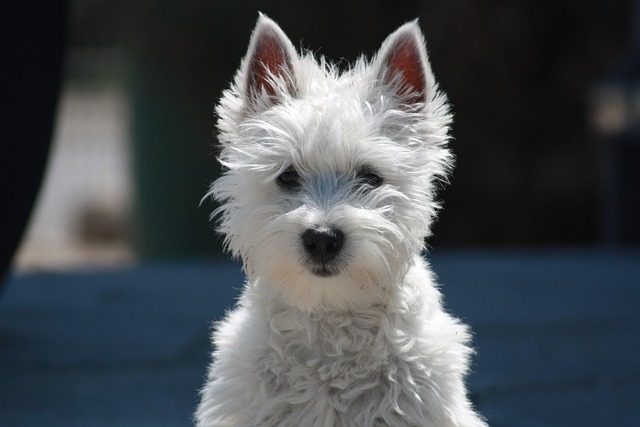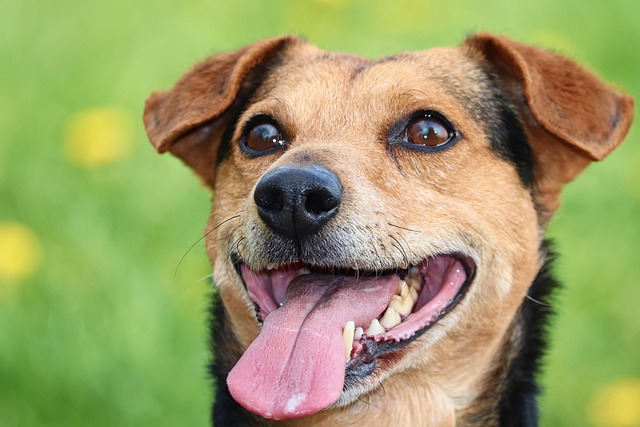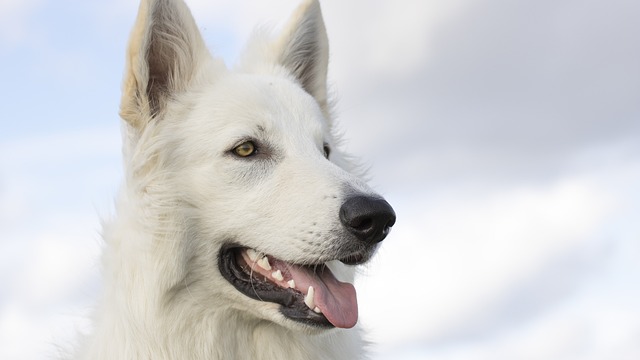
How to prevent dogs from engaging in aggressive behavior towards humans
When a gentle dog suddenly bares its teeth at a passerby or emits a warning growl when a family member approaches,
When a lively dog suddenly bares its teeth, makes a low growl at passersby, and even tries to bite, the tension and panic at that moment will leave every owner at a loss. Dogs wanting to attack others not only pose a serious threat to their safety, but also lead their owners into deep self blame and worry. In the face of this situation, simple panic and anger cannot solve the problem. We need to rely on professional knowledge, understand and care for dogs, explore the underlying reasons, and take appropriate disciplinary and guidance measures.
There are complex and diverse reasons why dogs exhibit aggressive behavior towards others. From an instinctive perspective, territorial awareness is an important factor. In the dog's cognition, the home and the frequently active areas around it are its territory. When strangers step into this "territory", it will consider its own safety and resources to be threatened and launch attacks. For example, some dogs will guard their own doorstep and bark wildly as soon as a courier or visitor approaches, trying to drive them away. Additionally, dogs' protective instincts may also lead to aggressive behavior. When it feels that its owner, cubs, or familiar companions are in danger, it will not hesitate to step forward. There was once a gentle golden retriever who was usually very friendly to people, but when its owner was pushed by a drunk person, it immediately stood in front of the owner, issuing warning calls to the drunk person and even making aggressive gestures.
Fear and anxiety can also trigger aggressive behavior in dogs. Some dogs may be fearful of strangers and unfamiliar environments due to past human abuse, fright, or lack of social training. When they feel scared, they choose to use attacks for defense in order to protect themselves. For example, abandoned stray dogs often become very nervous when they see strangers approaching after re entering their homes, and will launch attacks at the slightest provocation. In addition, when dogs experience physical discomfort and unbearable pain, their emotions can become irritable and irritable. If someone accidentally touches them at this time, it may also trigger aggressive behavior. Older dogs with severe arthritis may bite due to pain when someone tries to pick them up.
Only by understanding the reasons why dogs attack others can we develop scientific and reasonable punishment and correction plans. But it should be clear that the purpose of punishment is not to punish dogs, but to make them understand that such aggressive behavior is not allowed, while guiding them to establish the correct behavior pattern. When a dog shows signs of attacking others, the owner should first remain calm and not resort to violent physical abuse or scolding due to panic or anger. Violent behavior not only fails to solve the problem, but also causes dogs to develop stronger fear and resistance, further exacerbating aggressive behavior. On the contrary, the owner should use a firm and low tone to stop the dog, such as shouting "no" or "stop" loudly, while quickly using a leash to control the dog, take it away from the scene, and maintain a safe distance from the attacked object.

Afterwards, appropriate punishment should be given to the dog. The punishment here is not physical punishment, but rather using some methods that make the dog feel uncomfortable but do not cause physical harm, such as temporarily depriving it of play time, favorite snacks, etc. For example, when a dog shows aggressive behavior, it can be taken to a separate room and allowed to stay quiet for a few minutes without interacting with it or giving it any rewards. The purpose of doing this is to help dogs associate aggressive behavior with unpleasant consequences and gradually understand that such behavior can lead to negative outcomes.
In addition to punishment, it is more important to correct and train the behavior of dogs. For dogs with strong territorial awareness, desensitization training can be used to improve it. In daily life, inviting familiar friends to visit your home allows your dog to gradually adapt to strangers entering its "territory". At the beginning, friends can feed their dogs delicious snacks from a distance, allowing them to connect strangers with positive experiences. As the dog's adaptability improves, gradually shorten the distance between friends and it until the dog can calmly accept the approach of strangers. At the same time, the owner should also clarify their position as the "leader" in the dog's heart, and through daily behavior guidance, make the dog understand that the allocation of resources is in the hands of the owner, reducing its excessive protection of territory and resources.
For dogs that attack due to fear and anxiety, more care and patience are needed. Firstly, it is necessary to create a safe and stable living environment for dogs and reduce their sense of unease. Then, encourage the dog to interact with unfamiliar people and things through positive incentives. For example, taking a dog for a walk in a quiet and sparsely populated area, and giving timely praise and rewards when it shows calmness; When encountering strangers, if the dog does not exhibit aggressive behavior, let the stranger feed it snacks to gradually eliminate its fear. During this process, the owner's companionship and comfort are crucial, making the dog feel that no matter what situation it encounters, the owner will protect it.
If the dog's aggressive behavior is caused by physical discomfort, the owner must take it to the pet hospital for examination and treatment in a timely manner. After dogs recover their health, their aggressive behavior often decreases. Meanwhile, during the dog's illness, it is important to avoid letting strangers come into contact with it to prevent attacks caused by pain.
Correcting a dog's aggressive behavior towards others is a lengthy process that requires a significant amount of time and effort from the owner. Every progress made by a dog, even if it's just a small change, deserves our full recognition and encouragement. Because in the world of dogs, the owner is their entire source of trust. When we use love and professional methods to help dogs overcome aggressive behavior, we not only protect the safety of others, but also enable dogs to integrate into society in a healthy and friendly manner, and enjoy the beautiful time of harmonious coexistence with humans. This process of companionship and growth will also become the most precious memory between the owner and the dog.

When a gentle dog suddenly bares its teeth at a passerby or emits a warning growl when a family member approaches,

When the owner is looking forward to the dog sleeping peacefully in the airline box, but the dog whimpers, scratches, or avoids the airline box, every pet owner feels helpless and distressed.

When you finish a busy day and open the door, the dog rushes towards you like a small cannonball, jumps up enthusiastically and pounces on you.

When you carefully pick up the nail clippers and approach the dog, it suddenly bares its teeth, growls, and even tries to struggle and bite you.

When you happily reach out to hug your dear dog, but suddenly it bares its teeth, growls, or even bites you; or when a child in the family approaches to play

When you get up in the morning and see the "masterpiece" of the dog on the floor, or when you get home from work and are greeted by the pungent odor and the messy scene,